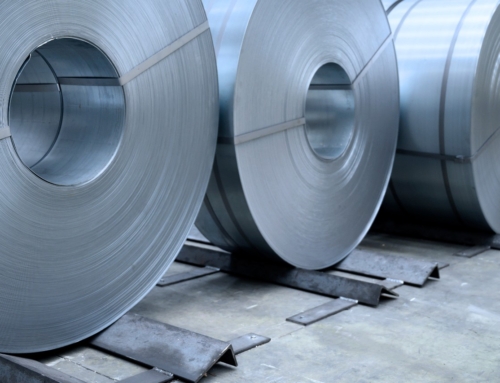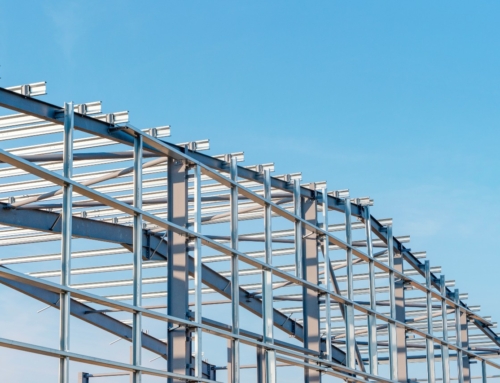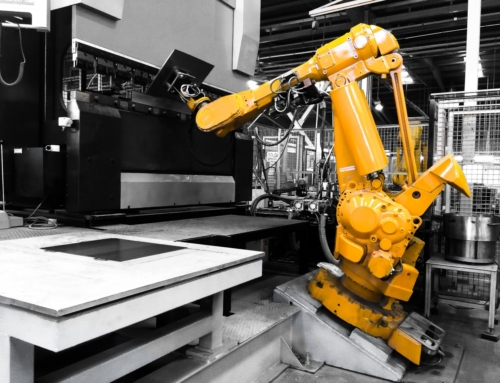Fixed and rotary telehandler: features and differences
Everything you need to know about fixed and rotary telescopic handlers and their features
Telehandlers, both fixed and rotary, are essential machines in many industrial sectors thanks to their ability to lift, move and position heavy loads with precision and safety. These versatile and powerful machines are used in a wide range of applications: from construction to agriculture, from logistics to infrastructure maintenance. On construction sites, for example, they are essential to transport materials at a high altitude, facilitating complex operations such as the positioning of prefabricated structures, lifting large loads and access to high or hard-to-reach points. In the logistics sector, they are often used for loading and unloading operations, managing vertical warehouses and handling containers, where precision and lifting capacity are crucial to ensure efficiency and safety.
Fixed telehandlers ensure high stability and are ideal for repetitive and high-intensity work, while rotary models, thanks to their 360° rotation capacity, provide greater flexibility, allowing for operation in confined spaces and multi-functional operations. Choosing the most suitable type of work according to the type of work to be carried out is therefore essential to maximize efficiency, minimize operating costs and ensure safety in the workplace.
Let’s see in more detail what are the main characteristics of fixed and rotary telehandlers and for which application areas they are most suitable.
Features and advantages of a fixed telehandler
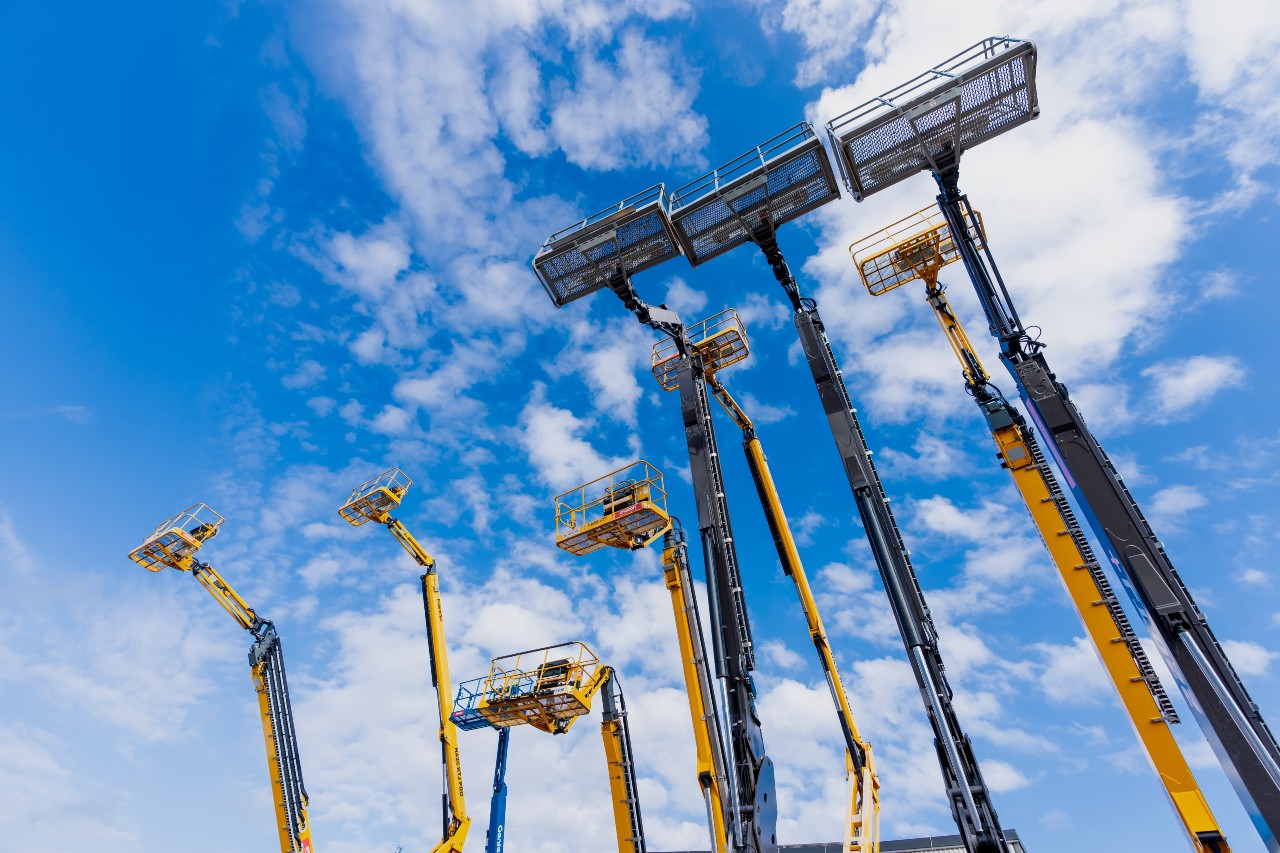
A fixed telehandler is a working machine widely used in sectors such as construction and agriculture to lift materials and equipment. Its distinctive feature is the fixed turret, which cannot rotate, limiting the movement of the telescopic arm to only the vertical and horizontal front plane.
This type of lift consists of several key components. The base serves as a support for the entire structure, ensuring safety during lifting operations. The fixed turret, anchored to the base, houses the telescopic arm, the heart of the machine. The arm, which is made up of telescopic sections sliding one into another, can extend forward and lift, allowing considerable heights and distances to be reached. At the end of the arm is the plate, where you can attach various accessories such as forks, buckets, clamps and aerial platforms, further extending the versatility of the lift. The driver’s cab, usually located at the rear of the machine, gives the operator a clear view of the working area and all the controls needed to operate the boom and accessories.
Despite the limitation of the fixed turret, stationary telescopic handlers offer several advantages. First, their simple and robust structure ensures reliability and ease of maintenance. The fixed base also ensures high machine stability, which is particularly important when working on uneven ground or in confined spaces. Finally, the possibility of using a wide range of interchangeable tools makes these lifts extremely versatile, able to perform different types of work, from lifting and material handling to maintenance of buildings and plants.
Rotary telehandler: what it is and what it consists of
A rotary telehandler is a work machine which combines the features of a traditional telehandler with the rotation capacity of the turret on which the arm is mounted. In this type of telehandler, both the cab and the telescopic arm can rotate around the central axis, allowing a 360° rotation.
Thanks to this feature it is possible to operate on even very large work areas without having to move the machine body, and reach points that are difficult to access by other means.
The structure of a rotary telehandler consists of several basic parts. As in fixed telehandlers, the base is the chassis, usually equipped with four drive wheels and steering to ensure mobility and maneuverability even on rough terrain. The rotating turret is mounted on the chassis and houses the driver’s cab, engine, hydraulic systems and telescopic boom. The latter, which consists of high-strength steel telescopic sections, can extend and lift, allowing considerable heights and distances to be reached. The plate is also located at the end of the boom and can be fitted with forks, buckets, pliers, winches, aerial platforms or cranes depending on the work to be carried out.
In addition to these main components, a rotary telehandler is equipped with numerous systems and devices that guarantee its safety and operational efficiency. These include hydraulic stabilizers, which ensure the stability of the machine during lifting operations, load and tilt sensors, which constantly monitor working conditions, and active and passive safety systems, protecting the operator and the surrounding environment in an emergency.
Advantages of rotary telehandlers
Thanks to their ability to combine the vertical and horizontal extension of the telescopic boom with the complete rotation of the turret, rotary telehandlers offer a number of significant advantages that make them indispensable in various sectors. The main advantages of these telescopic handlers include:
- versatility and operational flexibility: the ability to rotate the turret 360 degrees and use a wide range of interchangeable accessories, such as forks, buckets, clamps, winches and aerial platforms, makes rotary telescopic handlers extremely versatile. They can perform a variety of tasks, from lifting and handling materials to the maintenance of buildings and plants, from installing photovoltaic panels to installing power lines, adapting to different needs and sectors;
- increased efficiency and productivity: the ability to reach different working positions without having to reposition the lift results in a significant time saving and an increase in productivity. The operator can perform several operations in sequence without interruption, optimizing working times and reducing costs;
- access to confined spaces: the maneuverability and precision of movement offered by the turret rotation make these lifts ideal for working in small or difficult-to-reach spaces, such as urban construction sites or old towns. The horizontal extension and rotation of the boom allows for reaching points otherwise inaccessible by other means, simplifying lifting and handling operations;
- greater precision: the turret’s rotation allows for more precise positioning of the load, even in tight spaces or near obstacles. This is particularly useful in delicate operations such as the installation of photovoltaic panels or the installation of building components;
- adaptability to uneven ground: thanks to the rotation of the turret, rotary telescopic handlers can compensate for uneven ground, maintaining stability and safety during lifting operations. This feature makes them ideal for working on construction sites, agricultural land or other areas with non-flat surfaces;
- higher lifting height: in general, rotary telescopic handlers tend to offer higher lifting heights than fixed models, allowing you to reach higher points and further expanding the possibilities of use.
Fixed and rotary telescopic handlers: the different fields of application
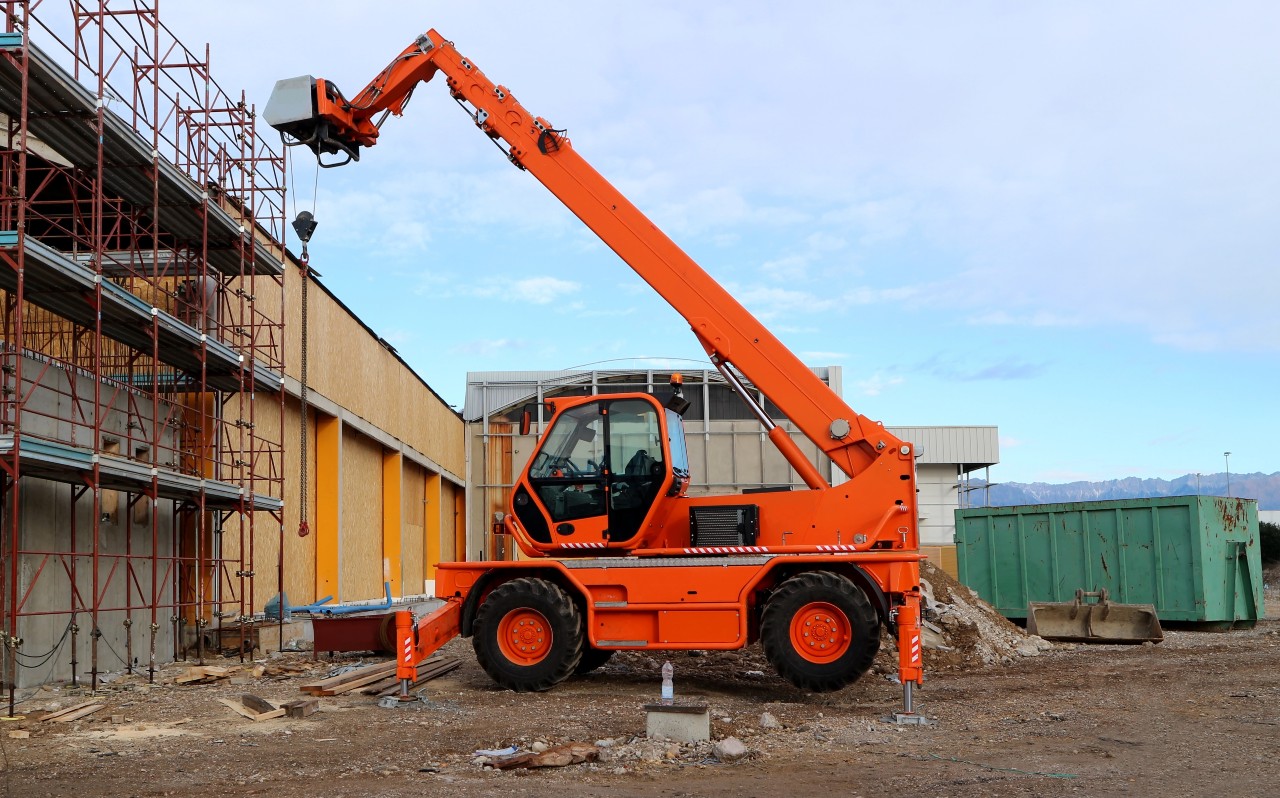
Although they share the same basic structure, fixed and rotary telehandlers are used in different fields of application, dictated by their specific characteristics and functionalities.
As we have seen, fixed telescopic handlers with their non-rotating turret are particularly suitable for work which mainly requires vertical and horizontal frontal movements. They are widely used in the construction industry, where they are used on construction sites, even small or in confined spaces where the rotation of the turret is not necessary, for example for lifting materials, the laying of panels or the construction of small walls. They can also be useful in the industrial sector for handling goods inside warehouses or for maintenance and repair operations that do not require lateral movement.
With their increased versatility and operational flexibility, rotary telescopic handlers are used in a wider range of industries and applications. In construction, they are used for example for building construction and renovation, heavy material handling, installation of steel structures, laying of panels and roofing, finishing and maintenance, especially in large construction sites or where there are obstacles. In industry, they are used for the handling of machinery and equipment, plant maintenance, loading and unloading operations, and assembly of complex structures.
In agriculture, they can be used for pruning tall trees, cleaning canals and ditches, and carrying out natural engineering works. In addition, because of their ability to reach difficult-access locations, rotary lifts are often used in the field of building maintenance, plant maintenance, infrastructure and electrical lines, or for emergency and rescue operations in impervious or hazardous areas.
The choice between a fixed or rotary telescopic handler therefore depends mainly on the specific operational requirements and the working environment.
Telehandlers accessories: Ferrero Industrial components
Ferrero Industrial specializes in the design and manufacture of telehandler components, all made from high-strength materials and cutting-edge technologies, designed to ensure safety, reliability and high performance.
Ferrero Industrial telehandler work platforms ensure maximum stability and efficiency during lifting operations at height. Their robust construction and advanced safety systems provide a safe and comfortable working platform for operators, allowing them to perform tasks at height with precision and control. Likewise, all the mechanical components and structural elements produced by the company are designed to maximize efficiency and productivity, allowing you to lift, move and position a wide range of materials with ease and precision.
One of the main advantages of Ferrero Industrial components is their adaptability to specific customer requirements. The company offers a wide range of accessories and customization possibilities, allowing you to configure each component according to your specific applications and working conditions. This flexibility ensures perfect integration with the telescopic handlers, optimizing performance and operational safety.
In addition, Ferrero Industrial is committed to providing full customer support from the design and implementation of the final product through to after-sales service.
For more information on components for telescopic handlers or other welded products offered by Ferrero Industrial, contact us!


